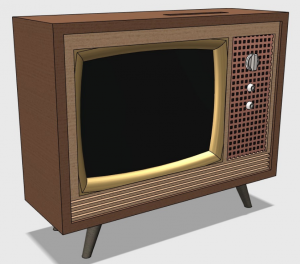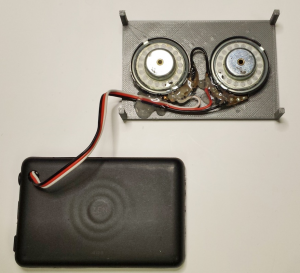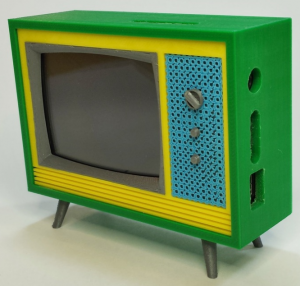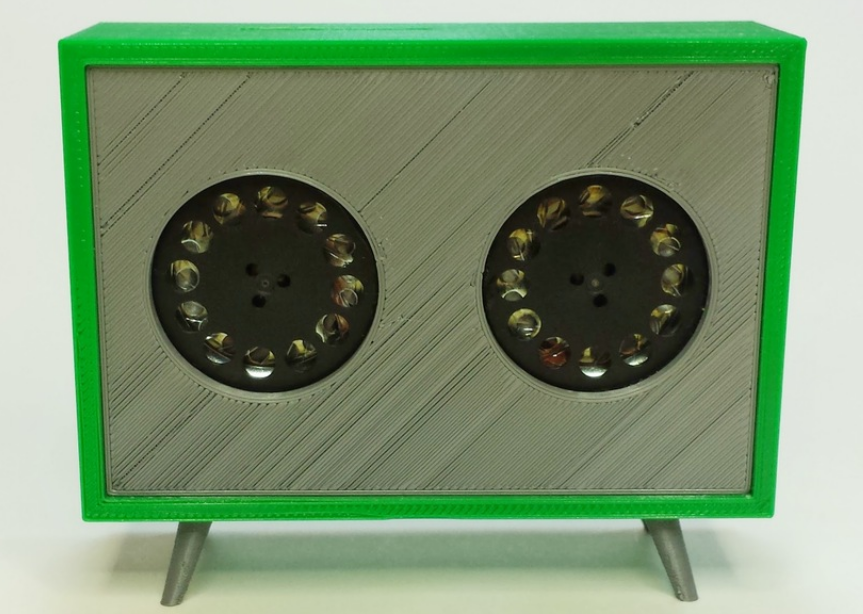 While the public’s taste in furnishing, design and architecture styles are always evolving, some periods simply seem to be more memorable and enduring than others. One of the most iconic styles of design are the aesthetics born in the United States during the prosperous 1950s and ’60s, typically called Mid-Century Modern. While it has design roots close to the early century architectural styles of Europe, specifically German Modernism, Bauhaus and Scandinavian architecture, Mid-Century Modern architecture is widely credited as being an American movement.
While the public’s taste in furnishing, design and architecture styles are always evolving, some periods simply seem to be more memorable and enduring than others. One of the most iconic styles of design are the aesthetics born in the United States during the prosperous 1950s and ’60s, typically called Mid-Century Modern. While it has design roots close to the early century architectural styles of Europe, specifically German Modernism, Bauhaus and Scandinavian architecture, Mid-Century Modern architecture is widely credited as being an American movement.
Mid-Century Modern was the first time that American style was so widely adopted outside of the country, and American designers and product manufacturers drew heavily on it. So it isn’t shocking that classic and vintage products from the Mid-Century Modern era are both highly collectible and still widely desired and appreciated. It was his love of vintage electronics from the ’50s and ’60s that inspired New Jersey maker Greg Williams to create his miniature 3D printed television. His working, miniature television set looks like it came right out of the pages of a 1950s copy of Good Housekeeping. And not only does his miniature TV look pretty authentic, but it also really works.
“As I searched for a TV design to copy, I thought ‘How cool would it be if it really worked?’. So I started looking at options for playing videos on a small screen. Most the the options I found were too large or relatively expensive for a little trinket like this. I have a mountain of junk that I repurpose for other projects; I knew I had to have something that would work. Then I remembered an old Creative Zen media player that I had from 2007. I abandoned it when I bought my first smartphone and it’s been collecting dust ever since. It has a nice small color screen and can play videos. Once I found that, I got inspired to create the TV,” Williams explained.
 Williams started by taking the measurements of the Zen, and designed the TV around it using Autodesk 123D. Normally Williams designs projects with multiple mechanical parts that require rather exacting dimensions, but for his mini TV he sort of winged it and just designed what felt natural to him. His final design, while clearly heavily inspired by the Mid-Century Modern TVs that he loves, isn’t based on any specific model or brand. His only real design limitation was the need for the TV case to fit and disguise the Zen media player that he was using for the screen and the speakers that he attached to it.
Williams started by taking the measurements of the Zen, and designed the TV around it using Autodesk 123D. Normally Williams designs projects with multiple mechanical parts that require rather exacting dimensions, but for his mini TV he sort of winged it and just designed what felt natural to him. His final design, while clearly heavily inspired by the Mid-Century Modern TVs that he loves, isn’t based on any specific model or brand. His only real design limitation was the need for the TV case to fit and disguise the Zen media player that he was using for the screen and the speakers that he attached to it.
Once he finished his design, he printed them out on the Ultimaker 2 that he uses at his day job as an entomologist for the Rutgers Center for Vector Biology. He was originally going to print the parts using natural, realistic colors, but given the diminutive size of the TV he decided to use more playful colors of PLA from the MatterHackers Pro Series. Almost all of the parts were printed with a 0.1mm layer height and a 15% infill, some of the smaller details needed to be printed at higher resolutions.
Here is some video of the finished TV in its new home, his daughter’s doll house:
 The assembled TV is even smaller than it looks in these pictures (I blame the precision of Ultimaker printers for that) measuring at a tiny 3.2″ wide by 1.2″ deep by 2.9″ tall. The Zen’s 2″ by 1.5″ screen fits securely inside of the TV box. In addition to using the Zen as a screen, Williams repurposed the speakers from a set of old headphones and wired them directly to the media player. The Zen’s SD card slot, USB input, headphone jack and the power button are all accessible through a series of cut-outs that he designed into the side of the cabinet. He then loads the media player with old TV shows downloaded from The Internet Archive that he saved to a removable SD card.
The assembled TV is even smaller than it looks in these pictures (I blame the precision of Ultimaker printers for that) measuring at a tiny 3.2″ wide by 1.2″ deep by 2.9″ tall. The Zen’s 2″ by 1.5″ screen fits securely inside of the TV box. In addition to using the Zen as a screen, Williams repurposed the speakers from a set of old headphones and wired them directly to the media player. The Zen’s SD card slot, USB input, headphone jack and the power button are all accessible through a series of cut-outs that he designed into the side of the cabinet. He then loads the media player with old TV shows downloaded from The Internet Archive that he saved to a removable SD card.
The Zen itself is operated by the set of small-scale buttons and TV dials on the front of the TV case. The front panel of the TV was printed quite thin, with several nubs on the inside that push the Zen’s buttons. Williams says that while the current design works, he does need to remember where all the Zen buttons are and in which order they need to be pressed. If he needed to design the TV set again he said that he would most likely turn the front of the TV into a small, hidden door that could be opened so the Zen could be accessed directly. But he has put all of his 3D files up on Thingiverse so anyone can customize it for their own projects.
While he is most likely not going to be able to find enough outdated Creative Zen media players to make more little TVs, he isn’t done with the idea yet. He is considering designing more similarly styled miniature TVs and will incorporate an inexpensive and readily available video screen rather than repurposed electronics.
Williams said that he is currently evaluating options, and once he settles on a part that he is happy with he will design new TV sets and post a build log online so other people can create their own. Let us know what you think of this Mid-Century design on our 3D Printed Retro Styled Miniature Television Set forum thread at 3DPB.com.
Subscribe to Our Email Newsletter
Stay up-to-date on all the latest news from the 3D printing industry and receive information and offers from third party vendors.
You May Also Like
Gorilla Sports GE’s First 3D Printed Titanium Cast
How do you help a gorilla with a broken arm? Sounds like the start of a bad joke a zookeeper might tell, but it’s an actual dilemma recently faced by...
Nylon 3D Printed Parts Made More Functional with Coatings & Colors
Parts 3D printed from polyamide (PA, Nylon) 12 using powder bed fusion (PBF) are a mainstay in the additive manufacturing (AM) industry. While post-finishing processes have improved the porosity of...
$25M to Back Sintavia’s Largest Expansion of Metal 3D Printing Capacity Since 2019
Sintavia, the digital manufacturing company specializing in mission-critical parts for strategic sectors, announced a $25 million investment to increase its production capacity, the largest expansion to its operations since 2019....
Velo3D Initiates Public Offering in a Bid to Strengthen Financial Foundations and Drive Future Growth
Velo3D (NYSE: VLD) has been among a number of publicly traded 3D printing firms that have attempted to weather the current macroeconomic climate. After posting a challenging financial report for 2023,...

































